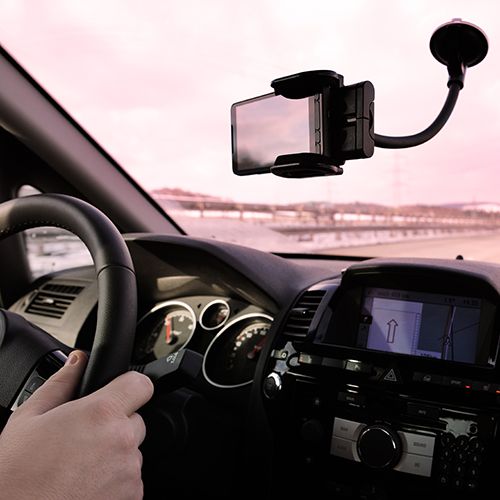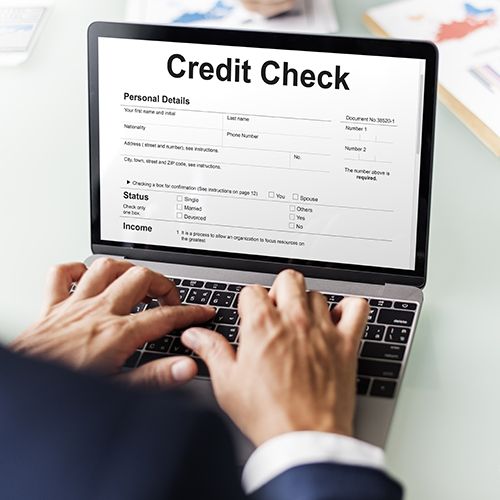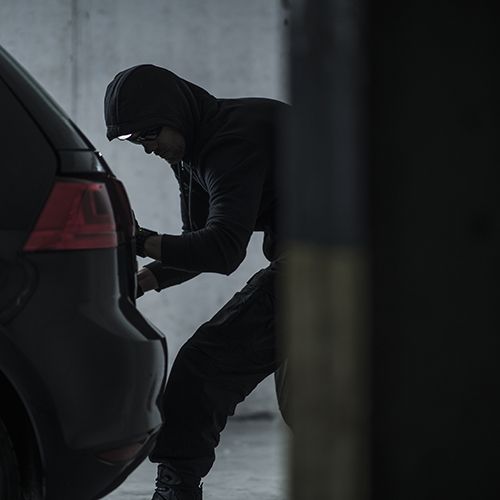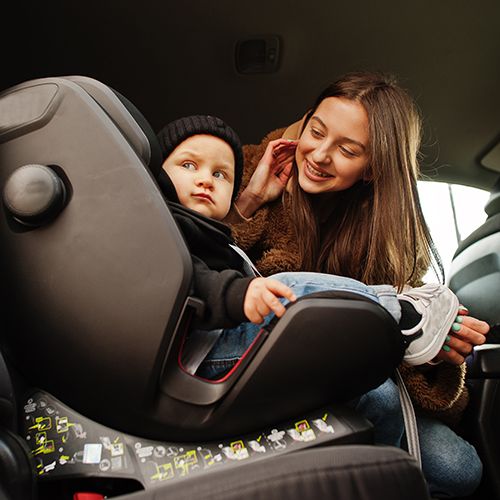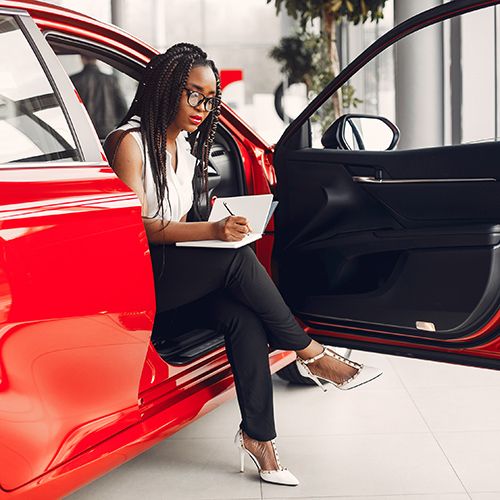23 March 2020
Cash or Finance Which is Better?
You’re looking to buy a car and have a sum of money in the bank you could use towards the purchase. But you’re not sure whether to spend it or apply for vehicle finance instead.
We’ve been told that buying anything of high value would be best to pay cash rather than applying for a loan. This does make a fair amount of sense since financing a car means paying interest that adds up substantially to the total cost of the car.
Cash or finance, everyone’s situation is different. There are many variables to consider, such as initial deposit amounts, lender interest rates, the potential income from investment of your cash, your credit rating, and even the alternative ways to finance a car, such as personal loan, utilising an access bond facility of a home loan, credit card, and leasing. In this article, we highlight the main pros and cons of financing versus cash purchases.
Advantages of Vehicle Financing
With vehicle finance and your savings or investment intact, you’ll retain your savings that can be used as backup funds in an emergency. In the longer term, you’ll have both an investment and a paid-up vehicle as part of your net worth. Other benefits to consider:
Potential income from investment of spare cash
An investment of savings earns income (interest, dividends, capital growth, etc.) and using cash to buy a vehicle will reduce, or even eliminate, the opportunity to generate investment income. However, it’s important to compare the interest cost of vehicle finance with the potential investment income. Investment income, net of any tax, will very rarely be more than the interest cost of vehicle finance.
Improve your credit record
You can benefit from using vehicle finance by establishing a good credit history which will make it easier to obtain credit in the future. As long as you make your monthly payments timeously the bank will see you as a relatively low-risk borrower and may afford you a lower interest rate for future finance agreements. At the very least it will make your life easier when applying for future loans.
More purchase options
With financing, you may also be able to choose a better car as the cost is spread out over time. However, a better car, should not be taken as a ‘fancier’ car, but rather a better quality car – one that has been quality-checked, has a full service history, and purchased from a reputable dealer.
Overall, vehicle finance affords you the opportunity to purchase a car even if you have no money saved in the bank.
Read: How to Finance a Vehicle
Disadvantages of Vehicle Financing
A finance agreement is a contract between you and the financial institution. The worst situations occur when you fail your monthly payments and the bank repossesses the vehicle. Not only does this leave you without a car, but could leave you in debt on something you will never own. Also consider:
Interest rate
Any form of borrowing from an institution incurs interest, which means ultimately, you end up paying substantially more than the car’s cash purchase price. With vehicle finance too, interests rates are amongst the highest of all forms of borrowing.
Ownership and repossession
The vehicle doesn’t belong to you – until it’s fully paid off (including any balloon payment at the end of the agreement) it will still belong to the bank. And if you fail to make your monthly instalments, the bank will repossess the vehicle.
Early settlement penalties
If you want to dispose of the vehicle before the vehicle finance period is up, there is usually a penalty for early settlement, for example, an equivalent of three months' interest.
Comparatively more expensive
Vehicle finance is usually more expensive than other forms of borrowing, such as an overdraft, personal loan, credit card, or home loan where there is an ‘access’ facility.
If you do go the vehicle finance route, ensure that you make your monthly payments on time so that it does not negatively affect your credit score.
VEHICLE FINANCING
Advantages
Disadvantages
Return on investment
Interest rate
Improve your credit record
Ownership and repossession
More purchase options
Early settlement penalties
Comparatively more expensive
Advantages of Cash
Buying cash is just a more simple and straightforward process than financing. No application forms, waiting for approval, administration – basically, it’s so much less paperwork.
No interest
The price you see is what you pay – once-off. Besides saving on interest and finance administration costs, managing your budget is easier without the extra monthly car instalment, which is usually one of the highest expenses in most households. When you add up the interest you would have paid, and compare it to the potential earnings from investing that cash amount, paying cash is nearly always the cheapest option.
Full ownership
Since the car belongs to you, there are no restrictions on how you treat it. You may modify the engine, re-spray it a different colour, or enhance the audio system, without any consequences from a bank or finance institution.
Emergency asset
While it is a depreciating asset, (unless you buy a classic vehicle such as a 1962 Ferrari 250 GTO) should you run short of cash you can sell the vehicle, which would not be an option if you had financed it.
Trade-ins
When you decide to replace the car with another one, you can use it as part-exchange by trading it in at a dealership who will give you a full valuation and make you an offer. The transaction is much simpler too, compared to trading in a financed vehicle which involves the complication of getting a settlement figure from the bank and likely incurring an early settlement penalty.
Tax-deductibility.
Investment income is usually taxable, whereas interest or finance charges on a vehicle purchase do not usually qualify for tax deductibility.
Disadvantages of Cash
No credit history
If you are trying to establish a credit record or improve your overall credit score, paying cash won’t help you. A car loan, even for a short period like six months is a good way to build up your credit score.
No emergency funds
This cash may be better utilised in other ways, including as a safeguard against possible emergencies.
Lost investment income
When comparing investment income with finance charges, very rarely will investment income, net of tax, exceed the cost of vehicle finance.
BUYING A CAR CASH
Advantages
Disadvantages
Full ownership
No credit history
Emergency asset
No emergency funds
Trade-ins
Lost investment income
In Summary
Interest charges on vehicle finance are usually at a significantly higher rate than most other forms of borrowing. This interest adds up to a substantial amount over the period of the vehicle finance agreement. On the other hand, when buying cash, you will lose the potential income which could be obtained from investing that cash. It is, therefore, necessary to compare the cost of vehicle finance with the foregone investment earnings (interest, dividends, capital growth, etc.) after tax, where applicable. In nearly all cases it will be cheaper to buy for cash.
Whichever route you decide should fit your unique circumstances. Depending on your available funds and how much you want to spend on a vehicle, you might even consider both options. There’s nothing stopping you from putting down a cash deposit and applying for finance for the balance amount.
If you’re looking for a quality, used car at affordable prices, Auto Pedigree offers a variety of options in vehicles.
Read next:
https://www.autopedigree.co.za/blogs/what-is-vehicle-finance
https://www.autopedigree.co.za/blogs/how-to-finance-a-vehicle
https://www.autopedigree.co.za/blogs/financing-a-vehicle-without-credit-history
Disclaimer:This information is for educational, or entertainment purposes only. It must not be construed as advice, legal, financial, or otherwise. We do not make any warranties about the completeness, reliability, and accuracy of this information. The views and opinions are those of the author and not necessarily those of Auto Pedigree.



